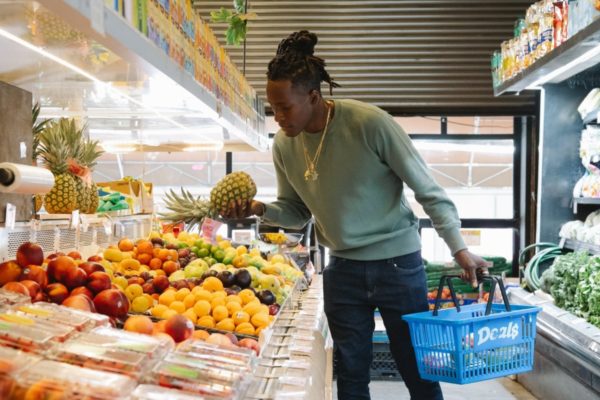Have you noticed store shelves are emptier more than usual? Have prices spiked on the goods you can find? Blame supply chain shortages.
When the global pandemic caused a shutdown in March 2020, manufacturing industries also felt the crunch; there was less consumer demand for products and less of a need for production. Yet as the world begins to recover, supply chains are facing a mountain of challenges.

Manufacturers and other segments of supply chains cannot produce and even supply materials for many reasons, including a worker shortage, a lack of raw materials and other necessary resources such as shipping containers and effects of climate change.
The products that are shipped out to consumers are stuck at ports worldwide due to a bottleneck of ships as a result of a shortage of workers to unload the containers.
“There’s a whole bunch of bottlenecks along the way,” Krishnakumar Davey, president of Strategic Analytics for IRI, a Chicago-based data and analytics firm, recently told Reader’s Digest.
How Will The Supply Chain Shortage Impact Consumers?
Worker shortages, along with a lack of raw materials and other necessary resources, mean rising costs for consumers. Prices in September were rising at 5.4 percent compared to last year, according to the Consumer Price Index. Prices for essentials such as food, clothing, gas and cars are on the rise.
In the grocery store, items that require ingredients sourced from around the world will continue to rise. Prices for nonessentials that many rely on for entertainment are also expected to rise, too. Items such as computers, electronics, toys, books, dining and video games have a heftier price tag.
One of the biggest price jumps was in gas prices. Gas prices increased by almost 43 percent since 2020, CPI found. Countries that produce crude oil stopped their production when the lockdown curtailed travel. Yet as people took to driving, a safer mode of travel, a demand for crude oil, which is used to produce gas, also grew stronger. Oil producers have increased their prices to make up for the low supply. In the U.S., domestic gas production was affected when nine oil refineries were shut down following Hurricane Ida’s impact on Louisiana’s Gulf Coast.
Expected to Get Worse Before It Becomes Better
The supply chain shortage coupled with rising costs will not get easier for manufacturers or everyday consumers. As the world continues to open back up as lockdown restrictions end, the demand for more goods will increase while the resources to produce these products will not reach pre-pandemic levels. So expect a costly Christmas.




